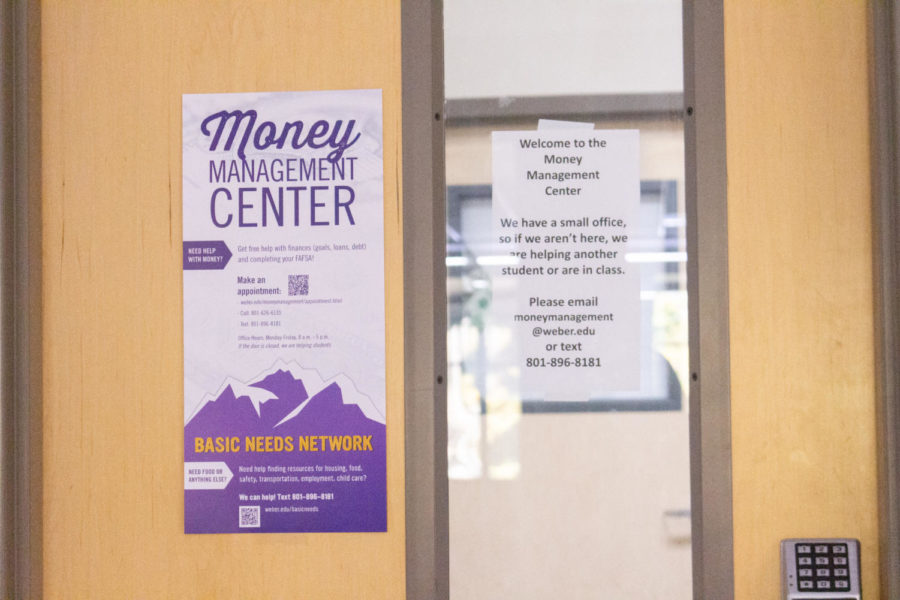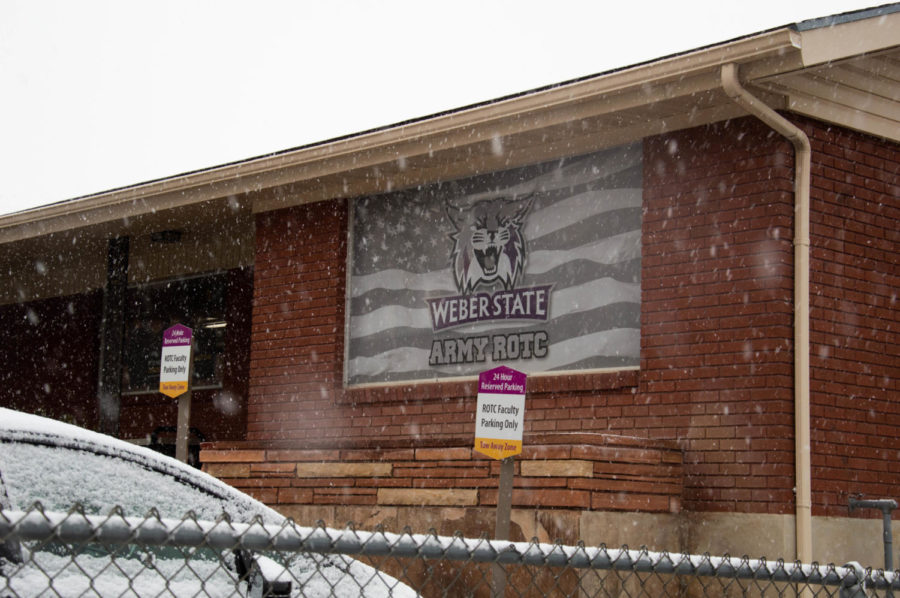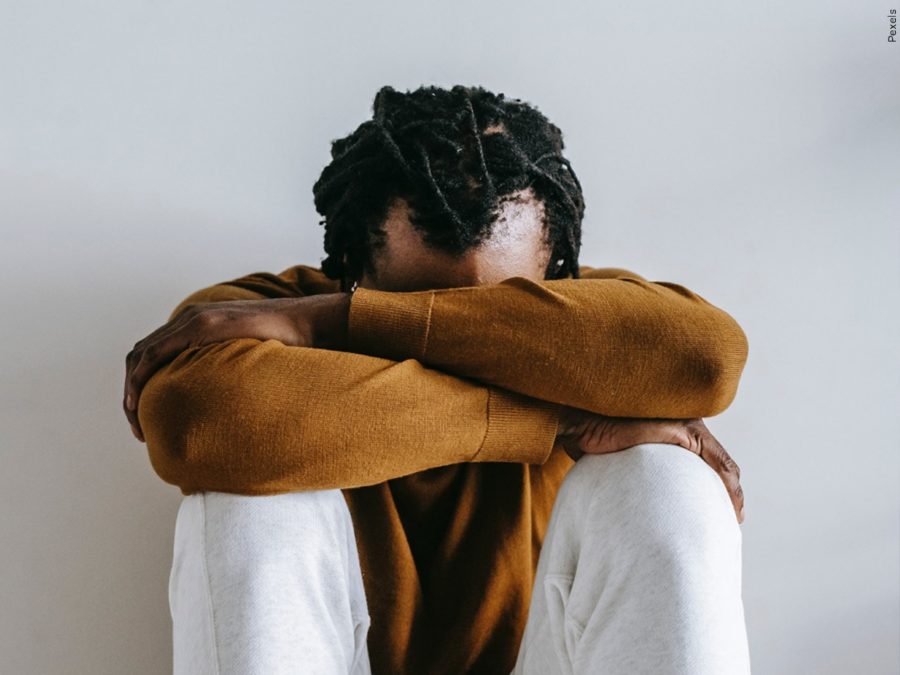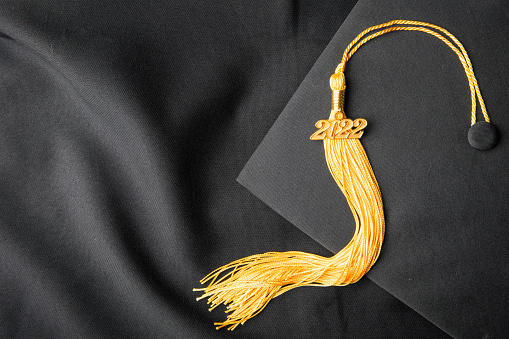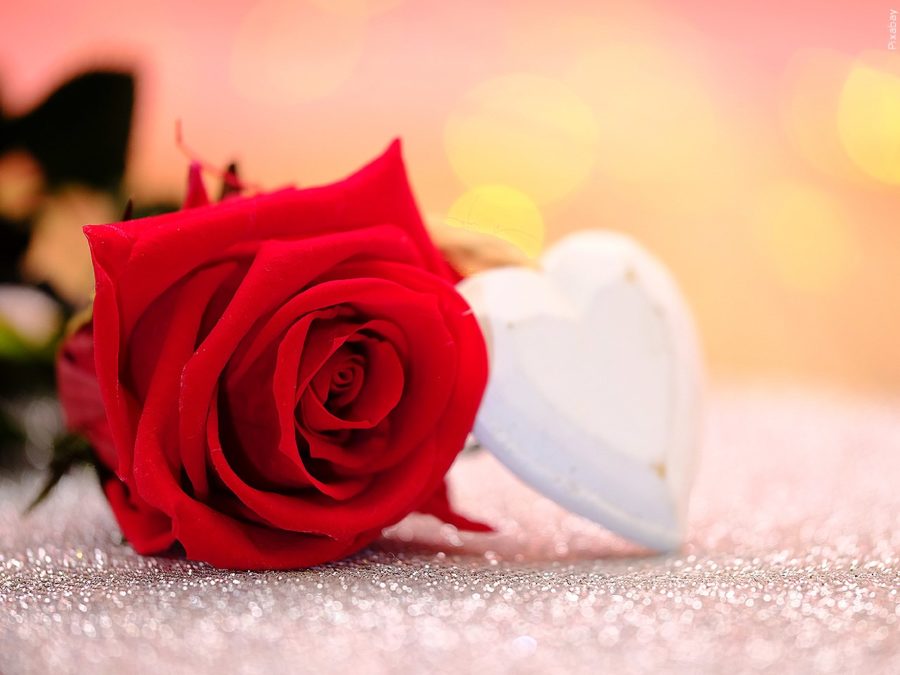For many people in America, Halloween is that special time of year to disembowel varieties of squash and practice the art of carving, take mundane uniforms and turn them into slutty costumes, validate science’s claims for the increased risk of diabetes and scare people without an immediate fist to the face.
But we’re left to wonder how we got here. Where did these customs originate?
“Many of our traditions as we know them today come from the integration of Irish and Welsh culture into the Catholic-English Life Style,” Idaho State University graduate school student Ross Cutler said on the subject. “I’m specializing in European history from the 15th century onward. One thing that really interested me is the evolution of customs from the past being seen in our everyday American lives, and Halloween is chock full of them.”
The most basic of all Halloween activities, being outside at night, comes from the tradition of souling the night before Nov 1st.
“Souling in a nutshell is going out and weeping for the souls of good people who have died,” Cutler said. “It was customary for criers to dress in black and march through streets while ringing a bell and calling on all Christians to remember the souls of the departed, especially those lost in purgatory.”
For their service to the dead, people would make soul cakes for these figures as they approached their door to remind them of those that have been lost.
The homeless would likewise follow after to see if any cakes were left, in exchange for prayers to be made for their loved ones. Those who would refuse them would sometimes receive retaliations with broken doors or garbage left on their porch. This is thought to be the origin of trick-or-treating.
Probably the oldest tradition we still hold today, however, is the carving of jack-o’-lanterns.
“Lanterns were associated with the original Celtic celebration of Samhain and were assimilated into All Hallows Eve,” said ISU professor of history J.C. Hewlett. “It was a way of keeping vengeful spirits in purgatory who weren’t mourned for from attacking these bell ringers. Youthful pranksters would sometimes instead hollow out turnips and make repugnant faces in them to leave and scare peoples at their door steps. Others would do this but with a candle in them to scare away spirits wishing harm.”
Another tradition used to avoid an evil spirit was to wear a mask.
“The souls of your dead enemies would also appear at night,” said Cutler. “You wouldn’t want them to see you, so people would wear masks, talk differently and even avoid conversation with friends in case the spirit found them. Another thing to watch out for were witches who sold their soul to the devil for power. People would hold big bonfire parties with food and drink to scare any witches off who feared hell’s fire.”
These traditions faded from European lifestyles around the 17th century but were kept strong through religious tradition. During the great migration of Irish, Welsh and Scottish people to America, an excitement of new holidays and traditions began to stir. Children were safe to run in the streets alone, chocolate bars and candies were produced en masse and things began to align to where they are today.
So, if anyone gives you lip this year because your costume is too revealing or your pumpkin has a rude hand gesture carved in it, just remember that it will all be worth it to keep away any malevolent specters from beyond the veil.



